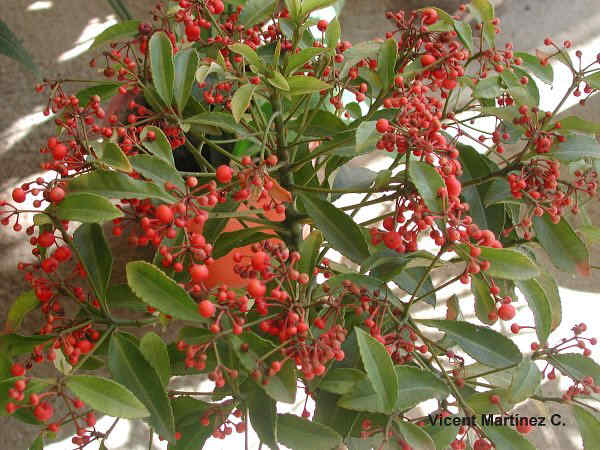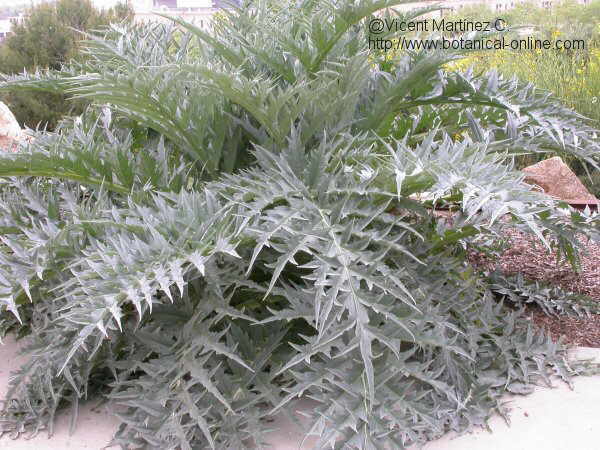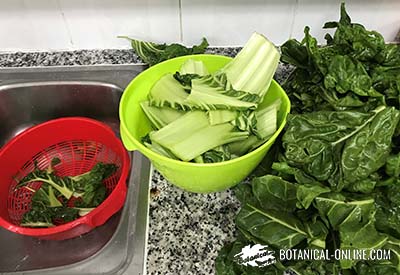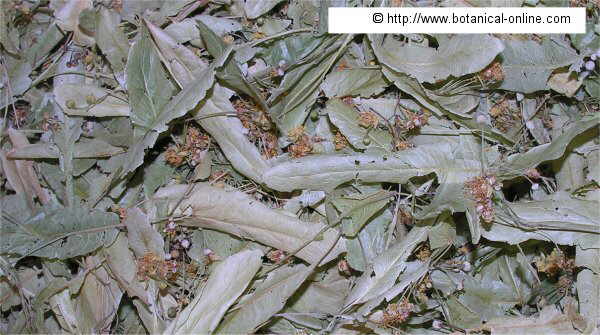Contents
What is an apricot tree?
Apricots (Prunus armeniaca) are trees belonging to the Rosaceae family as many other plants, so well known as the almond tree (Prunus dulcis), the peach tree (Prunus persica), the blackthorn (Prunus espinosa) or the cherry tree (Prunus avium).
The Prunus genus includes about 200 species, many of them (as the mentioned above) are grown for their edible fruits, others are used as garden plants, such as the Virginia cherry (Prunus virginiana) and the Virginia black cherry (Prunus serotina), which appear planted far from their place of origin as ornamental trees in many streets and gardens.
Apricots are the fruits of the apricot trees.
Characteristics of apricot trees
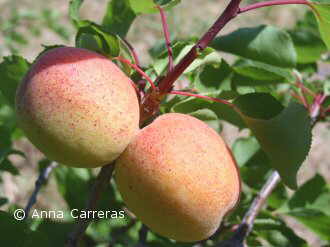
The best known apricot tree is the common apricot (Prunus armeniaca). It is a deciduous tree from 3 to 10 m. high. Rounded appearance.
Erect stem with a grayish-brown bark and a surface full of cracks. Reddish young branches, very twisted adult branches.
Oval leaves up to 9 cm in length, nearly oval heart-shaped, rounded with small teeth, dark green color beam and a yellowish green beneath, ending in a pointed apex. Flowers gathered in pairs or solitary, shortly stalked, white tinged with pink about 2.5 cm in diameter.
It has edible fruits, called apricots, drupes that are yellow or reddish orange, with a diameter of around 3 or 4 cm and 8 cm long, although there are varieties with bigger fruits. Its flesh is yellow and it covers the stone, which as a toxic seed in its core.
It blossoms between the months of March and April before the leaves have appeared.
Origin and uses of the apricot tree.
Most of the apricots we eat come from varieties derived from the common apricot
(Prunus armeniaca Linn. = Prunus armeniaca vulgaris Lam.). The origin of this tree has to be placed in Central Asia in the Turkestan region is an area that stretches from the western boundary of the Gobi Desert and the eastern Caspian Sea.
Since this region seems to have spread to Armenia from which the Romans imported to southern Europe and gave it the scientific name that characterizes it. Some scientists believe that it was the Arabs who brought it to this region and north Africa after having met it in Greece. The name derives from the Arabic albarqúq. The Spanish colonists took it to America.
The common apricot tree is used primarily for the production of apricots. These can be eaten raw, in syrup or as dried apricots (the famous “orejones”). The juice industry often uses this fruit to produce juices of exclusive quality or mixes it with other fruit juice to which the apricot contributes with its aromas and sugars.
- From the apricot seed, which is poisonous without treatment because it contains hydrogen cyanide, the chemical industry obtains various oils and scents. It’s hardly used as a timber-yielding. There are varieties of this tree which are used as garden plants.
Production of apricots in the world
The principal producing countries
Apricots need a very specific climate to grow and produce fruit in the quantity and quality needed to be profitable. This tree requires a warm spring, free of frost. For a tree that blooms very early (but is overtaken by the almond trees), cold temperatures of -2 ºC or lower kills the flowers.
On the other hand, it is a tree that needs a cold in winter so to stay dormant during this season. In this sense there are species that are capable of holding up to -50º C. It does not like either the excessive humidity during flowering and fruiting, as this is the cause of many diseases caused by fungi. But it does not despise regular watering during this period which is very positive to increase production.
Given these climatic conditions these trees have adapted well in Mediterranean climates with cold winters and moderate summers. In other countries with very cold winters but with more moderate summers the existence of later varieties and resistant to extreme cold winter also allows them to adapt easily. For example, in the U.S., the biggest production is in California (area with a distinctly Mediterranean climate) but there are many plantations in Washington with a colder climate, though humid climate requires ongoing treatment to prevent any fungal diseases.
The first country in the world is Turkey, which hosts more than 20% of the world production. It is followed by Iran which produces 10%. Italy, with 5%, is the first country in Europe. Spain is the second most productive in this continent with a 4%. In Africa the country that produces more apricots is Morocco with 3% of the world production. In America, the United States produces the same amount. Other producing countries in Asia are Pakistan (5%), Syria (4%) China (3%).
Related information: The apricot in the kitchen
![]() More information about the apricots.
More information about the apricots.


